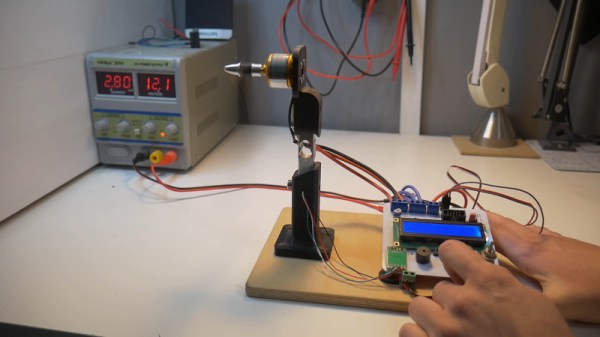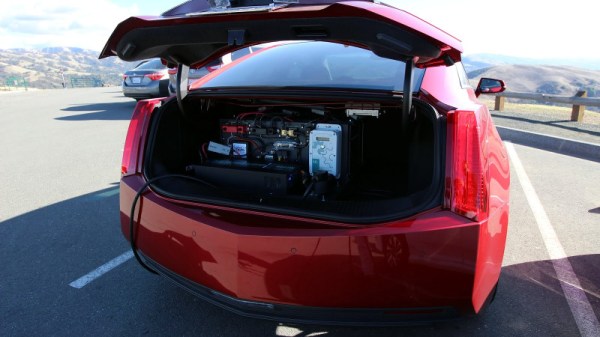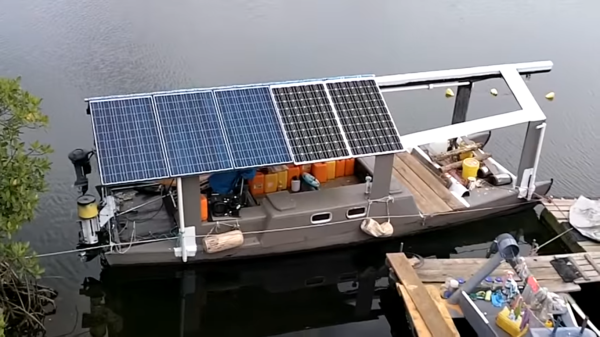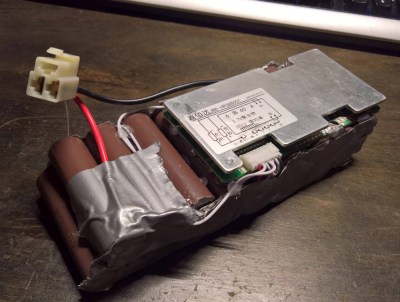A few months ago, several companies started deploying electric scooters on the sidewalks of cities around the United States. These scooters were standard, off-the-shelf electric scooters made in China, loaded up with battery packs, motors, and a ‘brain box’ that has a GPS unit, a cellular modem, and a few more electronics that turn this dumb electric scooter into something you can ride via an app. Dropping electronic waste on cities around the country was not looked upon kindly by these municipalities, and right now there are hundreds of Bird and Lime scooters in towing yards, just waiting to be auctioned off to the highest bidder.
This is a remarkable opportunity for anyone who can turn a screwdriver and handle a soldering iron. For mere pennies on the dollar you can buy dozens of these scooters, and you can own thousands of dollars in batteries and electronics if you show up to the right auction. [humanbeing21] over on the scootertalk forums is preparing for the Bird apocalypse, and he’s already converted a few of these scooters to be his personal transportation device.
The subject of this conversion are scooters deployed by Bird, which are in actuality Xiaomi MIJIA M365 scooters with a few added electronics to connect to the Internet. The ‘conversion kit’ for a Bird scooter comes directly from China, costs $30, and is apparently a plug-and-play sort of deal. The hardest part is finding a screwdriver with the right security bits, but that again is a problem eBay is more than willing to solve.
Right now, [humanbeing21] is in contact with a towing company that has well over a hundred Bird scooters on their lot, each accruing daily storage fees. Since these scooters only cost about $400 new, we’re probably well past the time when it makes sense for Bird to pay to get them out of storage. This means they’ll probably be heading for an auction where anyone can pick them up — all of them — for a hundred bucks or so.
Right now, scooter hacking is becoming one of the most interesting adventures in modern-day hacking. You’ve got batteries and electronics and motors just sitting there, ready for the taking (and yes, through these auctions you can do this legally). We’re looking at a future filled with 18650-based Powerwalls from discarded electric scooters and quadcopters built around scooter motors filling the skies. This is cyberpunk, and we can’t wait to see the other builds these scooters will become.
![The hydrogen-powered Honda Clarity FCV, a car most of us will probably never see. Lcaa9 [CC BY-SA 4.0].](https://hackaday.com/wp-content/uploads/2018/12/1024px-2018_honda_clarity_fuel_cell.jpg?w=400)

















